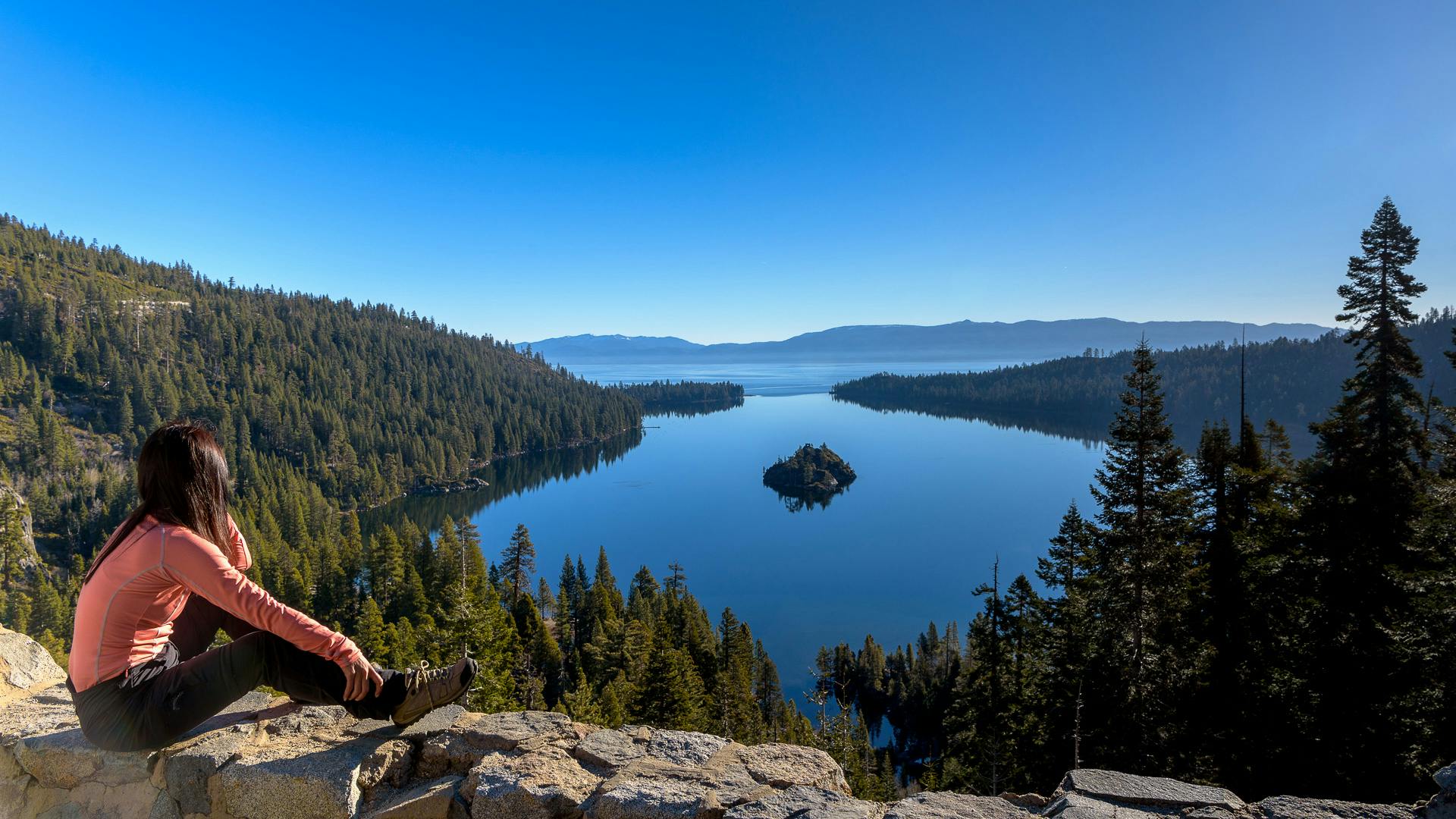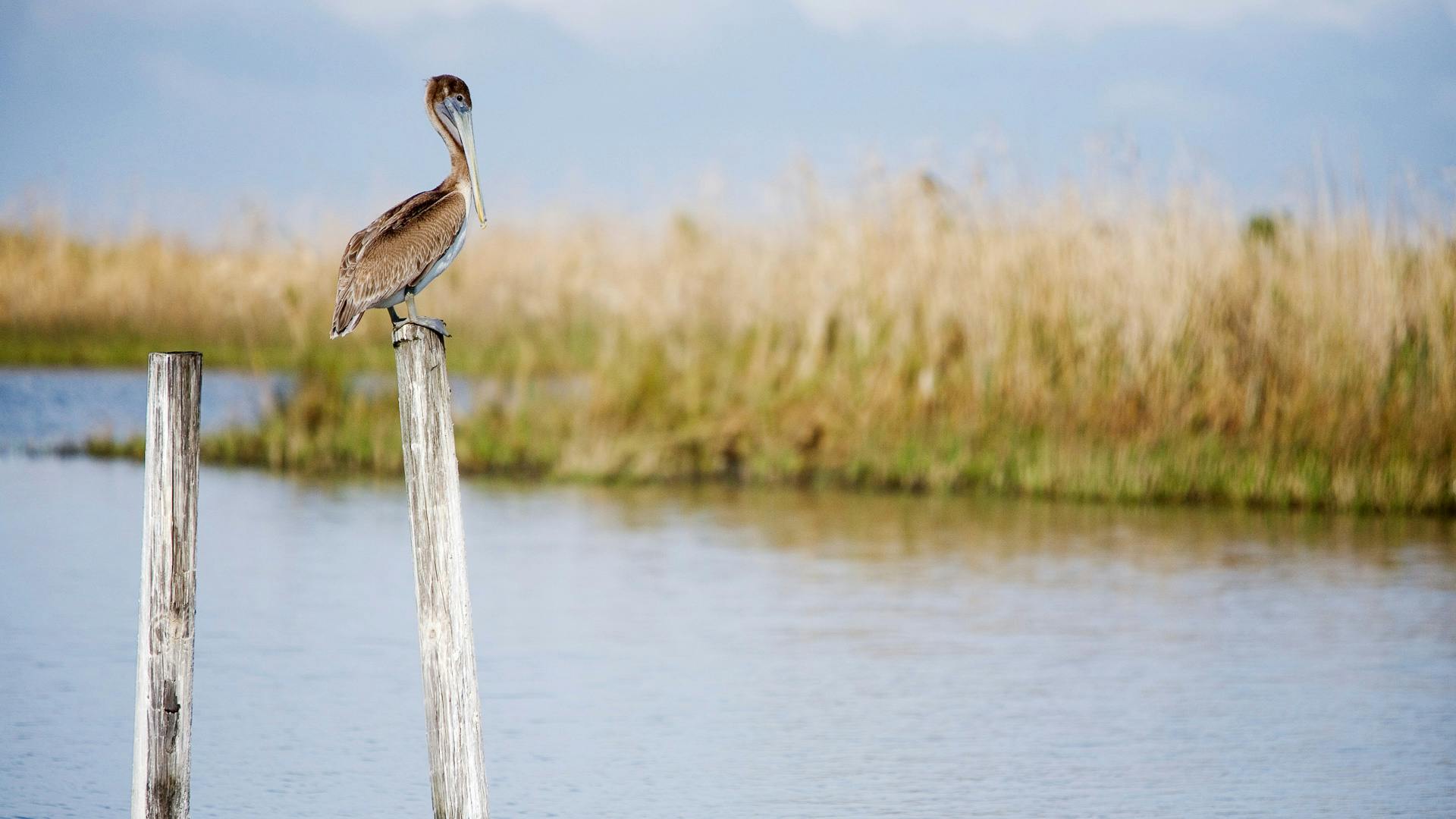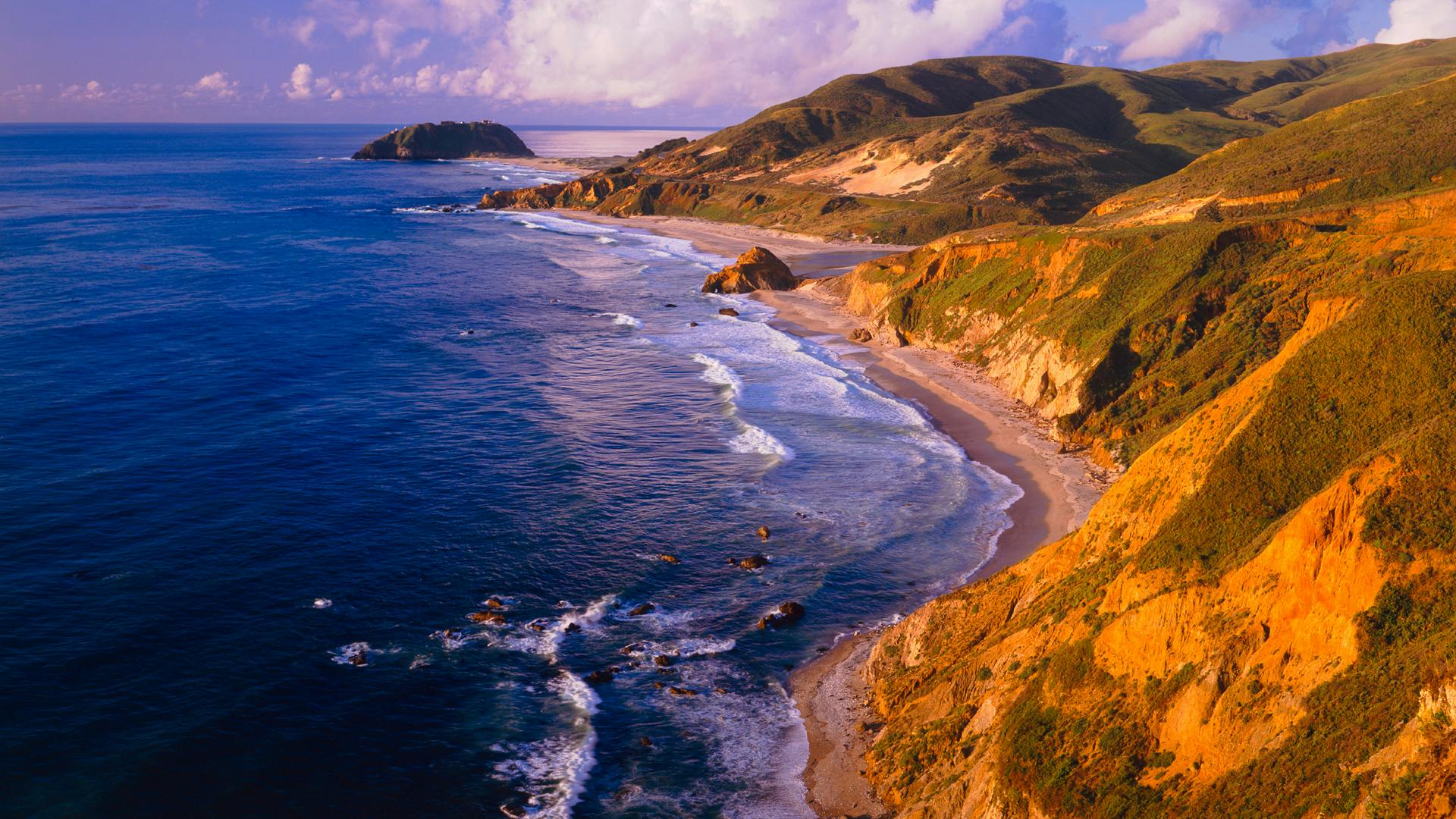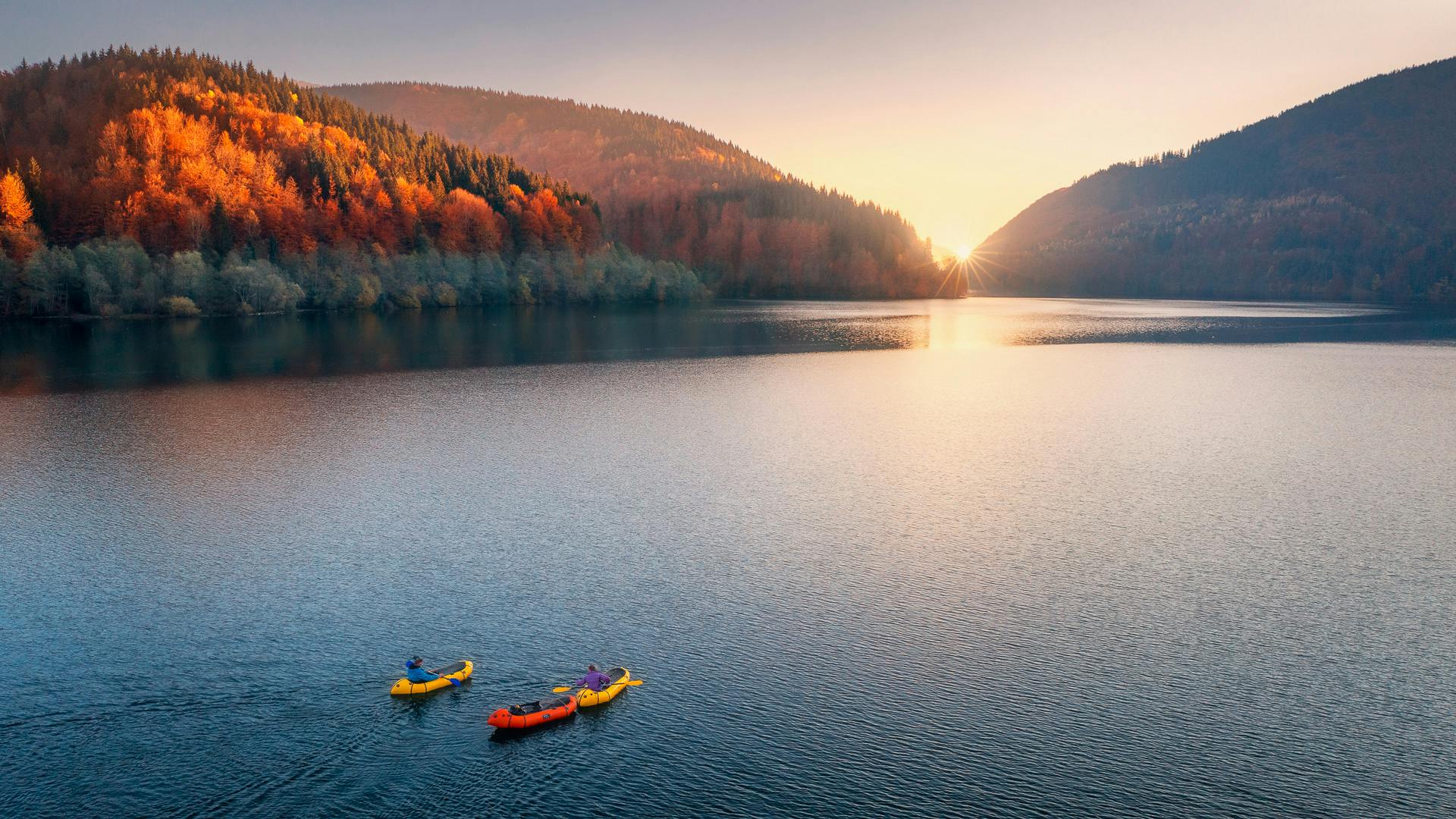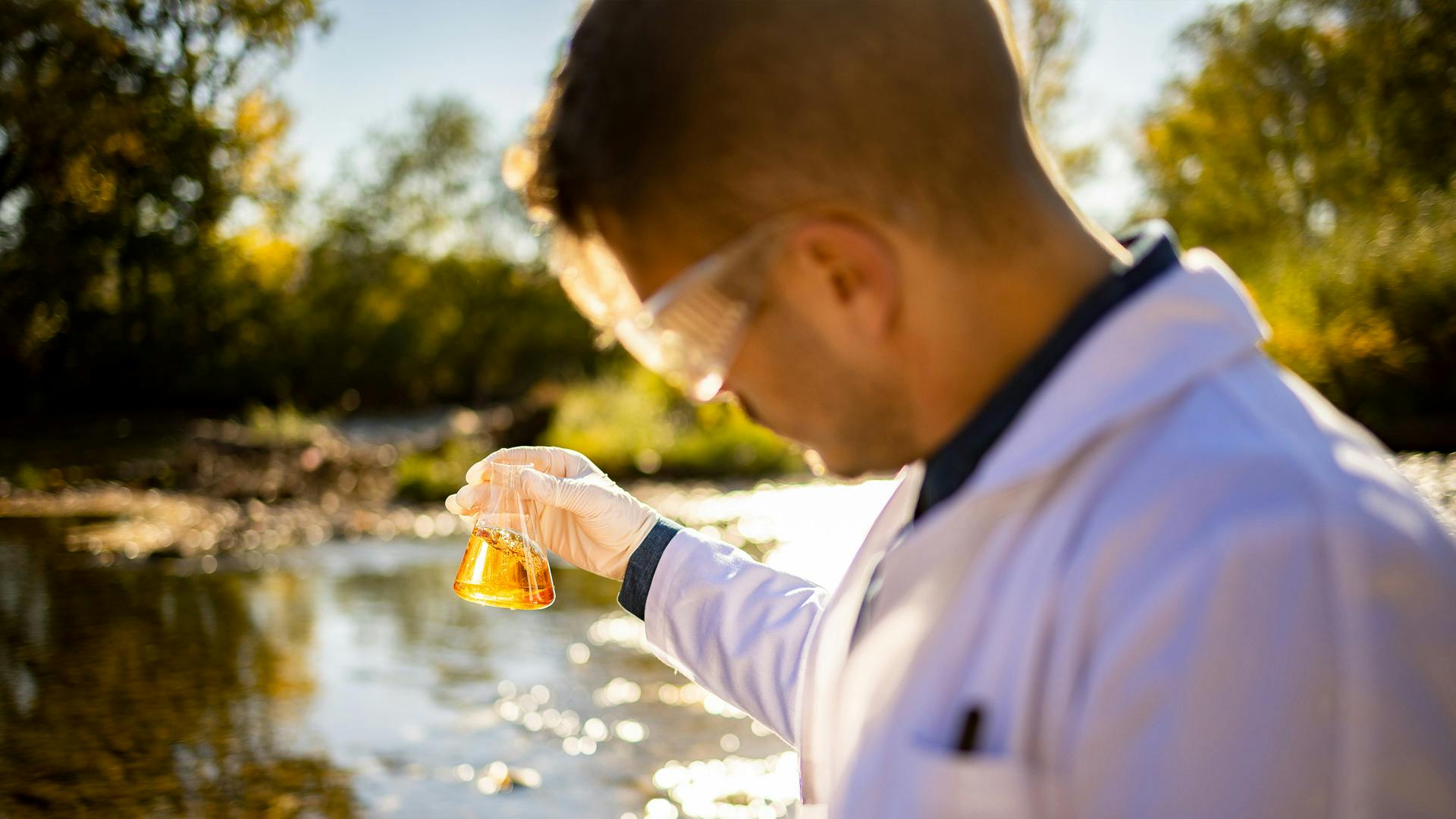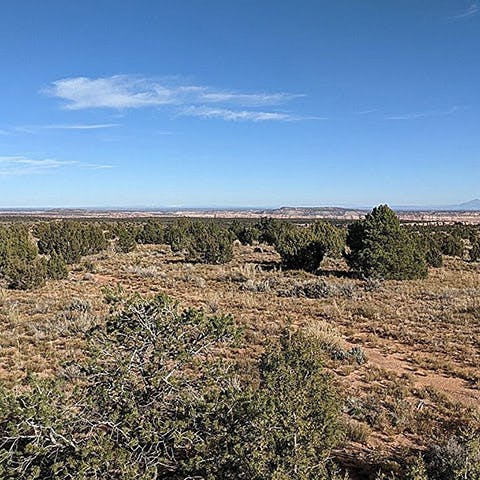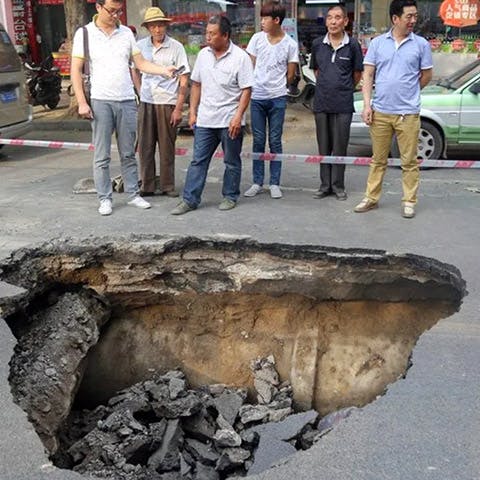The source for the latest water news
All your water news in a single location
The water industry’s only ad-free news that is personalized for you.
Join more than 15,000+ subscribers and access professionally curated water headlines specific to the water industry.
Exclusive Access
Unlimited access to professionally curated and exclusive content selected just for you.
A Personalized Dashboard
Subscribers receive an all-access digital pass for news on demand and a personalized email.
Regional News
The industry’s only ad-free, region-specific water news to help you focus on what matters.
Water Operations Manager
Irvine Ranch Water District, Irvine, California
Intern- Accounting
Cucamonga Valley Water District, Rancho Cucamonga, California
Senior Environmental Specialist
City of Oceanside, Oceanside, California
Utility I (Construction)
Olivenhain Municipal Water District, Encinitas, California
District Engineer
Valley Center Municipal Water District, Valley Center, California
General Manager
Ironhouse Sanitary District, Oakley, California
Water Worker
South Montebello Irrigation District, Montebello, California
Compliance Officer
City of Oceanside, Oceanside, California
Environmental Specialist
Ada County Highway District, Garden City, ID, Idaho
Water Quality Engineer (Engineer I-II-III-IV)
County of Ventura Public Works Agency, Ventura, California


